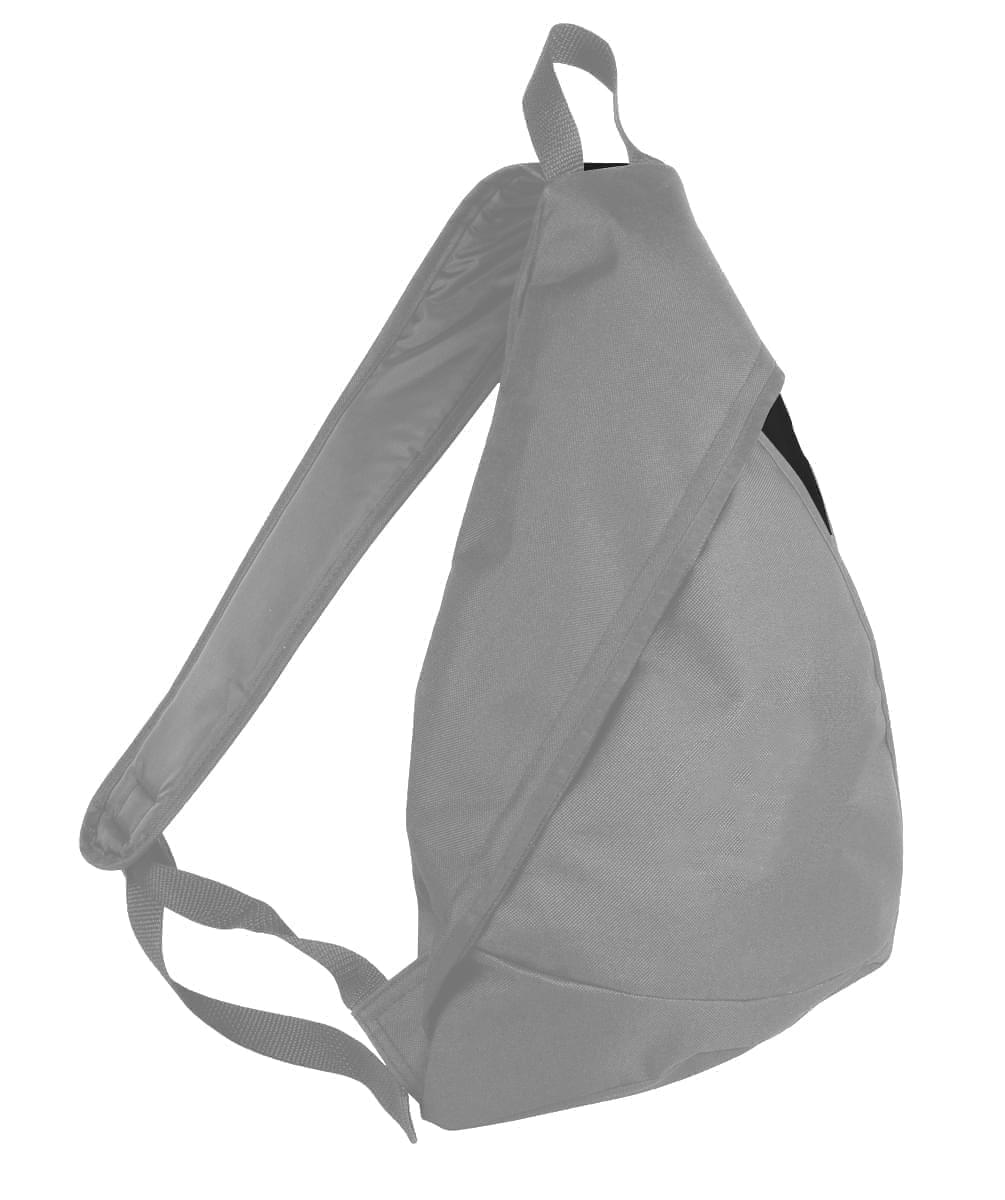
Thomas / Xometry explains what they believe will be the top trends in the supply chain for 2023.
1. There will be an increase in reshoring and near-sourcing
High freight costs, labor shortages, and factory shutdowns, transportation delays, and geopolitical conflicts, have compelled many organizations to rethink their approach to supply chain management. Reshoring manufacturing back to the USA is the best option in our opinion. But nearshoring might also be beneficial and practical for the supply chain. In fact, Fortune says 2023 could be “a nearshoring jackpot for the Americas.”
2. Product-as-a-Service
Product-as-a-service (PaaS) sees vendors combine physical products and services to better fulfill customer needs. For example, equipment manufacturers may lease specialized machinery with a subscription.
3. Crowdsourced Delivery
Last-mile delivery is proving particularly challenging, thanks to high warehousing costs, inefficient routes, lack of visibility, and transportation delays. Retailers began experimenting with crowdsourced delivery, where they leverage networks of local couriers. This approach could revolutionize same-day shipping. Think of it like Uber for packages.
4. Better Worker Conditions for Truckers
The U.S. was short almost 78,000 truck drivers in 2022. The shortfall can be attributed to including increased demand, a retiring workforce, and fewer younger drivers entering the industry. It also could be due to bad pay, a trend which seems to be shifing. In 2023, companies will likely implement referral bonuses and tenure pay to better retain their drivers. As well, it says in 2023, safety will be incentivized over productivity,
5. High Supply Chain Costs
Between January and June, for example, the price of regular motor gasoline rose by 49% in 2022 and the price of diesel fuel rose by 55%. Meanwhile, the ongoing war in Ukraine has seen a decline in food supplies and transportation bottlenecks.
In December, U.S. Treasury Secretary Janet Yellen forecast that in 2023 inflation will be “much lower.” However, it came with the caveat that this is barring “an unanticipated shock.” In 2023 “key commodity prices and availability may fluctuate.”
6. Smaller Warehouses
Retailers might look to transform existing retail spaces into fulfillment centers, a tactic taken by Walmart, which is in the process of converting many of its 4,700 stores to mini-warehouses.
Another key trend in warehousing is that the vast majority of spaces are at capacity, with industrial warehouse vacancies sitting at around 1% (as of September 2021). Demand has gotten so high that some tenants are opting to lease space before it is actually required. It’s projected that another 400 million square feet will be needed by the end of 2025 to meet demand at current growth rates. So, turning workplaces into warehouses might happen sooner rather than later.
7. Major Skills Gaps Remain
A shortage of laborers, including truckers, is driving up wages and, ultimately, consumer prices. It’s also impacting recruitment. In fact, one in five people were likely to switch jobs in the next 12 months, and it’s projected that there will be more than two million manufacturing roles left vacant by 2030. As such, firms will need to do much more to upskill and retain their workforce.
8. Technology Investments
61% of supply chain leaders said technology is a source of competitive advantage. Meanwhile, 34% of supply chain leaders noted that adapting to innovative technology will be the most critical strategic change in the future. The top supply chain technology trends of 2022 included digital twins, autonomous things, sustainability tools, and analytics everywhere.

 Dad Caps
Dad Caps
 Five Panel Hats
Five Panel Hats
 Mesh Back Hats
Mesh Back Hats
 In Stock Blanks
In Stock Blanks
 Snapback Hats
Snapback Hats
 Stretchfit Hats
Stretchfit Hats
 Duffel Bags
Duffel Bags
 Backpacks
Backpacks
 Tote Bags
Tote Bags
 Computer Bags
Computer Bags
 Sling Messenger Bags
Sling Messenger Bags
 Cooler Bags
Cooler Bags
 Cuff Hats
Cuff Hats
 Beanies
Beanies
 Scarves
Scarves
 Zipper Folders
Zipper Folders
 Stitched Folders
Stitched Folders
 Accordion Folders
Accordion Folders
 Ring Binders
Ring Binders
 Letter Folders
Letter Folders
 Clipboards
Clipboards

 Union Made In USA
Union Made In USA






